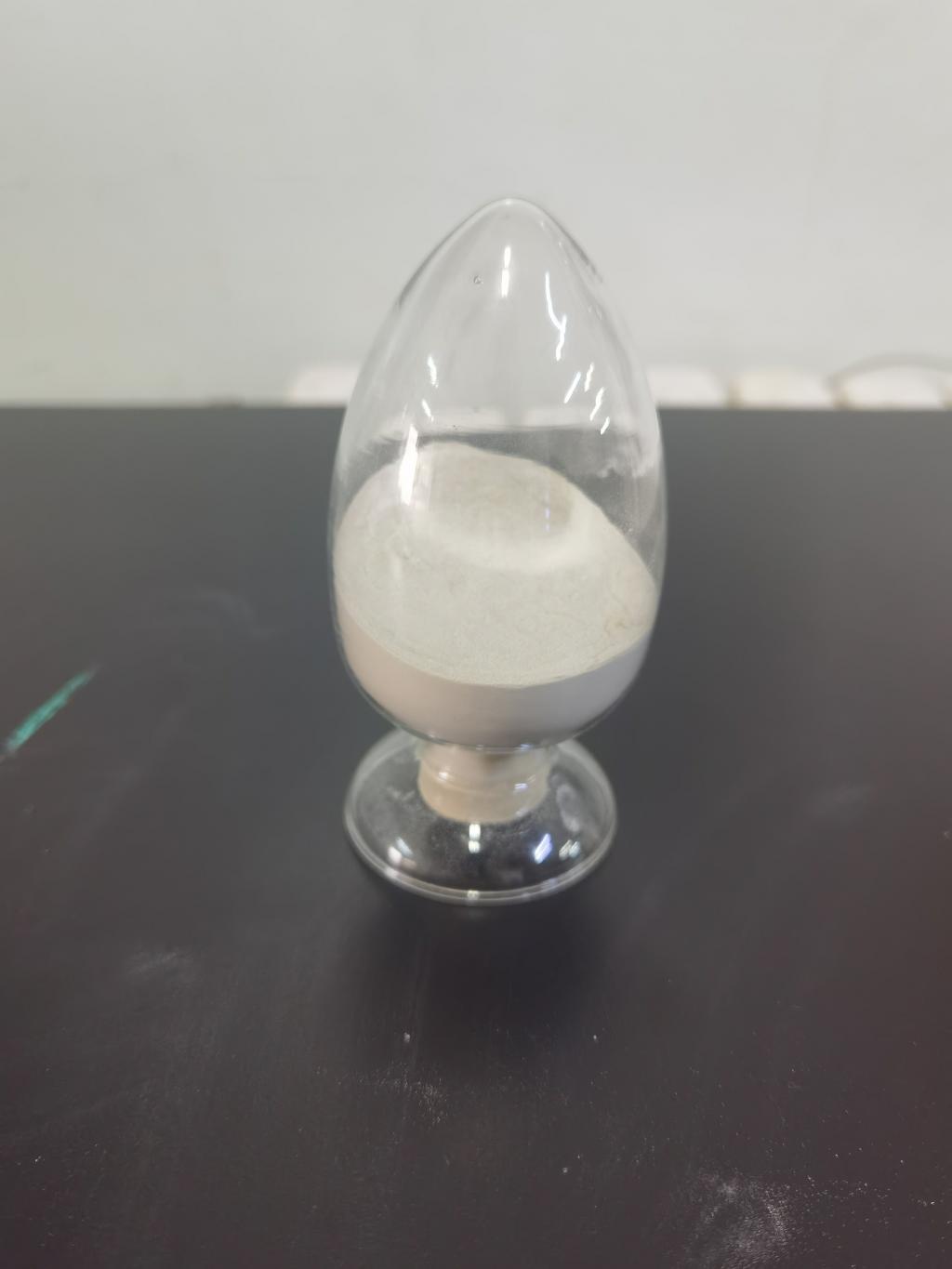Tel:+8618231198596

News
 CONTACT
CONTACT
 CONTACT
CONTACT
- Linkman:Linda Yao
- Tel: +8618231198596
- Email:linda.yao@dcpharma.cn
- Linkman:CHARLES.WANG
- Department:Overseas
- Tel: 0086 0311-85537378 0086 0311-85539701
News
Current Position:
Home >
News
>Nisin's role in reducing microbial contamination in food contact surfaces.
Nisin's role in reducing microbial contamination in food contact surfaces.
TIME:2024-06-04
Antimicrobial Properties of Nisin
Nisin is a bacteriocin produced by certain strains of Lactococcus lactis, exhibiting broad-spectrum antimicrobial activity against Gram-positive bacteria, including foodborne pathogens such as Listeria monocytogenes and Staphylococcus aureus. Its mechanism of action involves disrupting bacterial cell membrane integrity, leading to cell death. Nisin's efficacy against bacterial biofilms, which commonly form on food contact surfaces, makes it an attractive option for controlling microbial contamination.
Mechanisms of Action Against Biofilms
Biofilms are complex microbial communities that adhere to surfaces and are encased in a matrix of extracellular polymeric substances. They pose challenges in food processing environments due to their resistance to traditional cleaning and sanitization methods. Nisin has been shown to penetrate biofilm matrices, disrupt bacterial cell membranes, and inhibit biofilm formation and growth. Its ability to target biofilm-associated bacteria makes it effective in reducing microbial contamination on food contact surfaces.
Application Methods of Nisin
Nisin can be applied to food contact surfaces through various methods:
a. Direct Application: Nisin solutions or suspensions can be sprayed or wiped onto food contact surfaces, ensuring direct contact with microbial contaminants.
b. Incorporation into Cleaning Solutions: Nisin can be incorporated into cleaning and sanitization solutions used in food processing facilities, enhancing their antimicrobial efficacy.
c. Surface Coatings: Nisin can be incorporated into coatings or films applied to food contact surfaces, providing sustained antimicrobial activity over time.
Compatibility with Food Contact Materials
Nisin is compatible with a wide range of food contact materials, including stainless steel, plastic, glass, and ceramic surfaces. It does not adversely affect the integrity or safety of food contact materials and does not leave behind harmful residues that could compromise food quality or safety. Nisin's compatibility with existing sanitation protocols makes it easy to integrate into food processing environments.
Regulatory Considerations and Safety
Nisin is approved for use as a food preservative in many countries and is generally recognized as safe (GRAS) by regulatory authorities. Extensive safety evaluations have confirmed its low toxicity and allergenicity, making it suitable for use on food contact surfaces. Regulatory approval may vary depending on local regulations and guidelines for antimicrobial agents used in food processing environments.
Conclusion
Nisin offers a natural and effective means of reducing microbial contamination on food contact surfaces, thereby enhancing food safety and preventing foodborne illness outbreaks. Its broad-spectrum antimicrobial activity, compatibility with food contact materials, and safety profile make it an attractive option for use in food processing environments. By incorporating nisin into cleaning and sanitization protocols, food manufacturers can ensure the microbial safety of food contact surfaces and minimize the risk of cross-contamination during food production. Continued research and collaboration are essential to optimize nisin's effectiveness, address regulatory considerations, and promote its widespread adoption in food processing industries.
- Tel:+8618231198596
- Whatsapp:18231198596
- Chat With Skype







